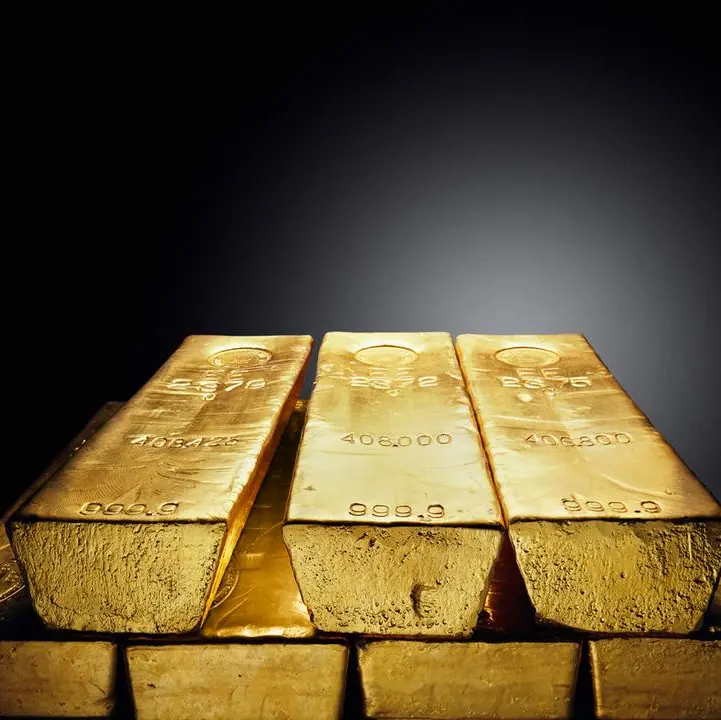LONDON: Signs of bullishness returned to the petroleum market just before the end of the year, with investors increasing their futures and options positions by 103 million barrels in the final two weeks of 2022.
Hedge funds and other money managers increased their combined position in the six most important petroleum contracts by 59 million barrels in the seven days ending Dec. 27.
Funds had already increased their combined position by 44 million barrels over the seven days ending on Dec. 20, according to data from regulators and exchanges.
The late surge of purchasing reverses some of the 236 million barrels of sales reported over the previous five weeks.
China's economy and internal petroleum consumption is being severely disrupted by the coronavirus epidemic after the government ended its suppression strategy.
But rate of uncontrolled transmission is so rapid the epidemic's main wave is likely to be over by late March and certainly by the start of April.
Front-month Brent futures are already trading for March 2023 while WTI futures are trading for deliveries February 2023 when the peak is likely to be over.
Positions and prices have started to rise in anticipation of stronger consumption once the coronavirus wave has passed through China's population.
By Dec. 27, investors had boosted their combined position to 445 million barrels (23rd percentile for all weeks since 2013) up from 343 million (11th percentile) on Dec. 13.
Crude positions had risen to 331 million barrels (14th percentile) up from a low of 253 million (5th percentile) on Dec. 13.
Chartbook: Investor petroleum positions
Even after the recent burst of buying, however, crude positions remain low compared with refined products, where the combined position is in the 50th percentile.
The oil market outlook remains mixed, as it has for the last four months.
On the bullish side, inventories of refined fuels, especially diesel, are below pre-pandemic averages and China's re-opening is likely to increase demand for both fuels and crude.
Also on the bullish side, the U.S. shale revolution is largely spent, with a relatively small increase in output in 2022 and an even smaller increase expected in 2023.
But on the bearish side, much of the global economy is already in recession or will likely enter a downturn within the next few months, which will curb fuel demand, especially for diesel.
The difference between bullish and bearish investors is essentially about timing of the oil market cycle.
The net balance is likely negative in the very short to medium term, and bullish in the medium to longer-term, but the timing of the turning point and the depth of any slump in the first phase is uncertain.
Under a bullish scenario, the turning point could come as early as March 2023, with the end of the coronavirus wave in China.
Under a more bearish scenario, the turning point could be pushed out to late 2023 or even early 2024, when the global economy passes the low point in the macroeconomic cycle.
Related columns:
- Hedge fund oil sales slow as balance of risks shifts (Reuters, Dec. 19)
- Investors abandon bullish oil positions as recession nears (Reuters, Dec. 12)
- Oil prices slump as receding price-cap threat unmasks worsening demand (Reuters, Dec. 8)
John Kemp is a Reuters market analyst. The views expressed are his own (Editing by David Evans)






















